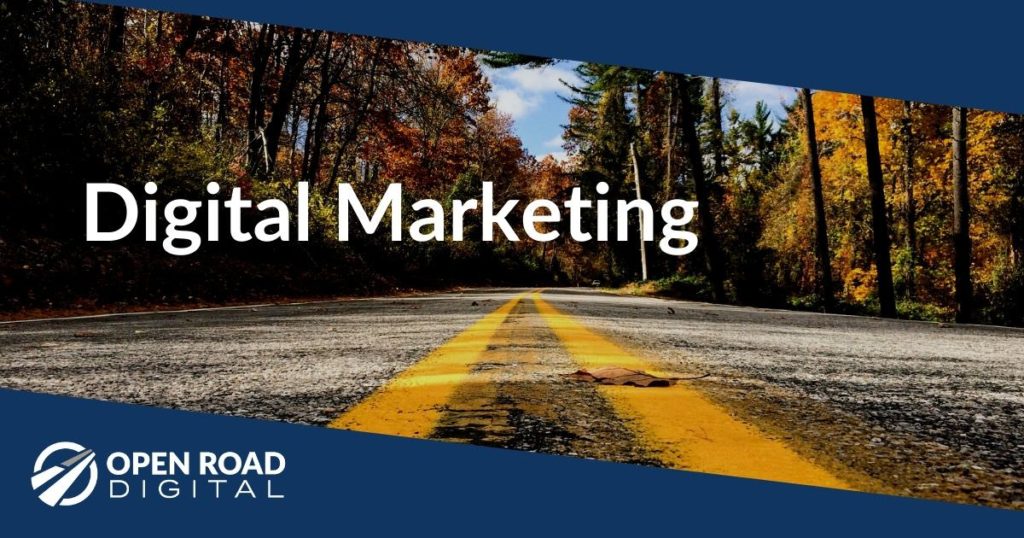Struggling to spread the brand promise? Here are three mistakes to avoid, and some encouragement from Benjamin Franklin.
As we know, corporate brand names are always aware of the need to get in front of new eyeballs. It’s one of the first assumptions of the brand marketing challenge. However, marketers in the professional services sector are often faced with intelligent individuals – lawyers, consultants, accountants, and the like – who are so focused on their craft that the marketer needs to remind them of what many consider the basics. In the developing digital/social environment of today, professionals can be seduced by the fantasy that if they just get their brand message online, that new business should roll in. It’s easier today, right?
However, on a somewhat regular basis I come across smart, talented, yet frustrated professionals who are working hard at growing their businesses. They are trying to market services that they truly believe in, and that they love to talk about – in a genuine way, not an obnoxious, “sales-y” way. And yet, I can tell they are discouraged at the lack of progress they are making in developing business beyond their existing market.
In my estimation, their frustration shares one common denominator: they tend to focus too much of their marketing outreach on closed communities of contacts. In the old days, that might mean “friends and family.” These days, it can mean that they use Facebook as their social network of choice, partly because it’s the most widely used and accepted social platform. Whether it’s Facebook or just a misuse of other digital channels, the temptation is to think that if the message has been released onto the internet, then it’s already beyond friends and family.
If we dig a little deeper, we can parse out some of the mistakes these professionals are making, and offer up some solutions that can lead to more fruitful efforts in introducing their brands to new audiences. The following three mistakes – and related best practices – can serve as a refresher for marketers to help get their practitioners grounded in the basics.
Mistake #1: Hide Behind the Digital Screen
“It takes many good deeds to build a good reputation.” – Benjamin Franklin
In the old days, before mobile technology, social media, Web 2.0, or even Web 1.0, it was pretty clear what you had to do to grow a business. One successful, senior law partner I once worked with was blunt in telling me how he got his business going, way back before the internet was even a thing: For months into the future, he filled his calendar every day with appointments – lunches, dinner, coffees, meetings – with anyone and everyone.
He knew that most of these people wouldn’t become clients. But he also knew that he had to constantly stretch his network to beyond what he started with. Friends are great, and want to help you. (Family are great, but in many cases they don’t want you to take risks that could hurt you, so deep down many of them would rather you not run your own business to begin with.) It’s a well-known fact that the friends of your friends, and even more so the friends of your friends of your friends, are the people who are going to be the ones who hire you or buy your product. Or refer you to your next client.
What this successful lawyer knew at the time was that he shouldn’t hide behind his desk, trusting in hope as a business strategy. In the same way, we can all rely too heavily on digital communications. Social media is great, but a phone conversation is better, and an in-person meeting even better. Social/digital just helps us get to the point of sale, or at least to one-on-one conversations.
Mistake #2: Engage on the Wrong Kind of Digital Platform
“Tell me and I forget. Teach me and I remember. Involve me and I learn.” – Benjamin Franklin
But let’s assume that digital communications and social media are productive tools, which they are. Back in 2003, Duncan J. Watts’ study “Six Degrees: The Science of a Connected Age” investigated the popular conception that we are all connected by six degrees of separation. The study concluded that, for those messages that successfully worked their way to the intended recipient, it did actually take roughly six connections to reach the destination. However, only a small percentage of the messages in the study were successfully delivered. In other words, the people who had the drive, the networking skills, and indeed the networks were the ones who could capitalize on the “six degrees” rule.
[divider type=”short”]
“The new reality is that as people create social networks in technology spaces, those networks are often bigger and more diverse than in the past.” – Pew Research Center
[divider type=”short”]
Within digital networks, some platforms are more useful than others in reaching new connections. In this regard, I’m always disappointed to see people spending so much of their time promoting their services on Facebook. Facebook for most people is a closed network, with privacy settings set to exclude non-Friends from one’s communications. Beyond that, Facebook has turned into a huge advertising network. Gone are the days when you could potentially reach other Facebook participants organically, based on the quality and frequency of your posts. If you want to extend your reach on Facebook these days, you have to pay. And sending out paid posts is not always the best way to introduce yourself to new audiences.
For many professionals, Twitter is a better platform. Twitter is an open network, where you can be found and you can find others, tagging them directly, communicating in their circles through hashtags, or responding or sharing others’ tweets. It allows professionals to slowly build new relationships, such as leading up to an industry event, following up after meeting someone in person, or developing a relationship with a member of the media who is looking for thought leadership. Responsiveness to and dialog with new contacts is also achievable on your own blog and via LinkedIn.
Such activity is much more rich in terms of business development, and far surpasses anything a well-meaning friend or family member can do for you on Facebook. As time goes by, professionals are learning how to proactively and strategically use social channels to promote their brands. Even five years ago (long ago in social media time), Econsultancy issued a report titled “The Social Media and Online PR Report” that stated: “More than half (52%) of responding companies who are heavily involved [in social media marketing] say that they have gained real value, compared to only 13% of companies who have ‘experimented but not done much’.” The point is, good things happen to those who try.
Mistake #3: Not Turning Digital Relationships Into Personal Engagement
“What is best for people is what they do for themselves.” – Benjamin Franklin
Assuming you have begun to develop communications with valuable contacts on worthwhile digital channels, the game shouldn’t end there. For the professional who is trying to find individual, paying clients, earning thousands of followers or customers is not the point. For this reason, I’m not a big fan of the “follow you follow me” technique on Twitter. If you follow me because I follow you, and you are already following 20,000 other people, I find it difficult to believe that you are going to pay any real attention to me. It’s not personal, and therefore it’s not valuable.
The point is, engaging with others via digital channels such as LinkedIn, Twitter, or your blog can be refreshingly personal, and professionally rewarding. But the real goal is to make it even more personal, to build trust. A Skype call, a phone call, or a meet-up in person helps to earn trust, build ideas for collaboration, or win the business. From that point of view, always thinking about “keeping things human” is crucial.
Originally Published by Brand Quarterly.




